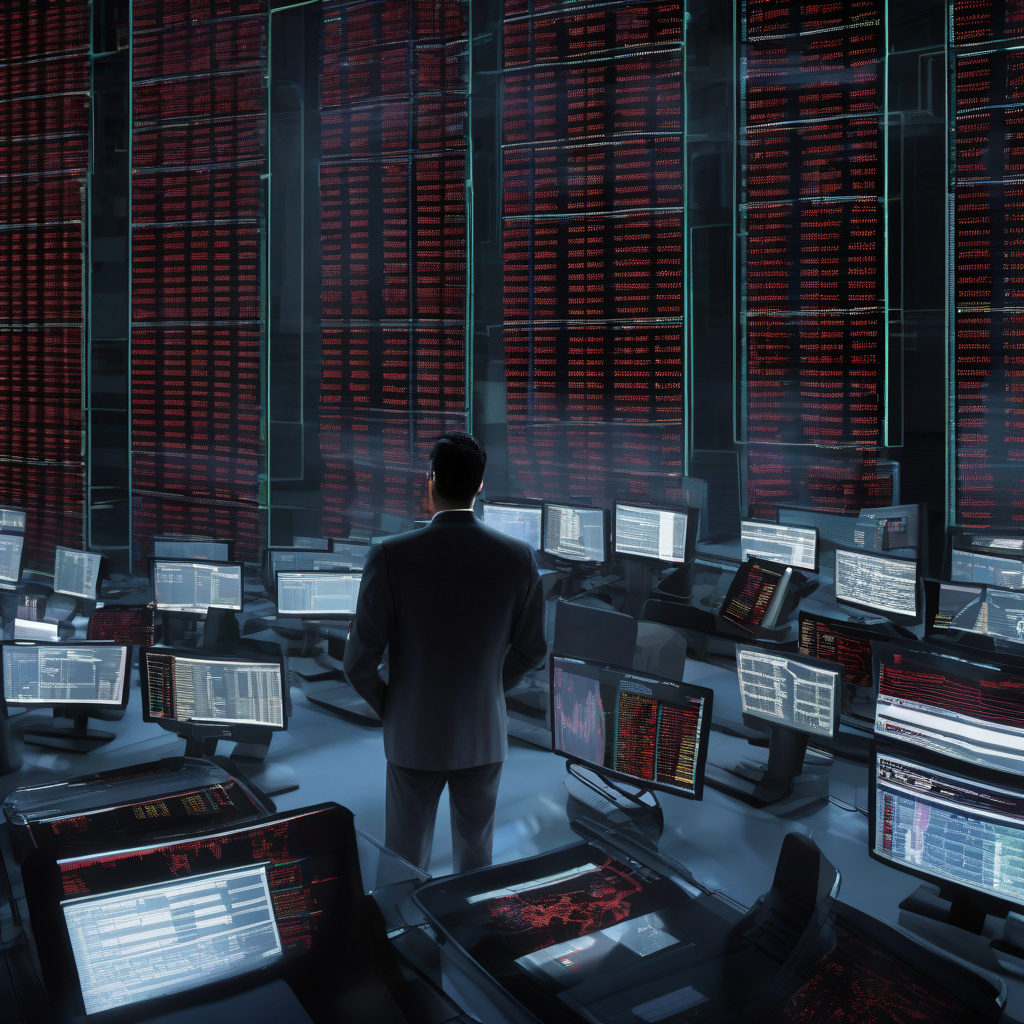In the ever-evolving landscape of cybersecurity threats, a new insidious player has emerged targeting financial institutions, particularly trading and brokerage firms. Recent reports reveal a sophisticated campaign deploying a remote access trojan (RAT) dubbed GodRAT. This malware employs advanced techniques like steganography and leverages code from the notorious Gh0st RAT, amplifying its danger and complexity.
According to findings by Kaspersky researcher Saurabh Sharma, the modus operandi of this malicious campaign involves the dissemination of corrupted .SCR files disguised as legitimate financial documents. These files are then distributed through seemingly innocuous channels such as the popular communication platform Skype messenger. The use of steganography, a method of concealing malicious code within seemingly harmless files, adds a layer of stealth and sophistication to the attack.
The incorporation of code from Gh0st RAT, a well-known remote access tool with a history of targeting various industries, further underscores the malicious intent behind GodRAT. By utilizing established RAT code, threat actors can exploit existing vulnerabilities and enhance the capabilities of their malware, posing a significant threat to the security of targeted organizations.
Trading and brokerage firms, entrusted with sensitive financial data and transactions, are prime targets for such attacks due to the potential for financial gain and systemic disruption. The infiltration of GodRAT into these institutions could have far-reaching consequences, including unauthorized access to proprietary information, financial theft, and operational disruption.
In light of this emerging threat, it is imperative for organizations in the financial sector to bolster their cybersecurity defenses and remain vigilant against sophisticated attacks like GodRAT. Implementing robust endpoint protection, conducting regular security audits, and educating employees about the dangers of social engineering tactics are essential steps to mitigate the risks posed by such advanced malware campaigns.
Furthermore, collaboration with cybersecurity experts and information sharing within the industry can enhance detection capabilities and facilitate a coordinated response to emerging threats. By staying informed, proactive, and prepared, trading firms can strengthen their resilience against evolving cyber threats and safeguard the integrity of their operations and data.
As the cybersecurity landscape continues to evolve, vigilance and preparedness are key in defending against sophisticated threats like GodRAT. By understanding the tactics employed by threat actors, investing in proactive security measures, and fostering a culture of cybersecurity awareness, trading firms can fortify their defenses and protect against the potentially devastating impact of remote access trojans and other advanced malware.

